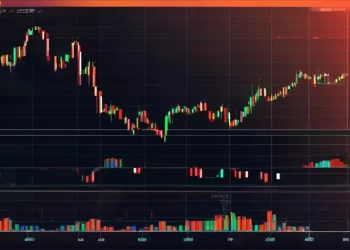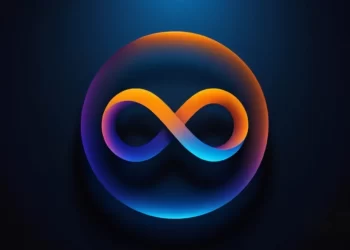Ethereum (ETH) ecosystem hums with activity, buzzing with new projects and updates, including the highly anticipated “Verkle Trees” feature. This innovative addition promises to shake things up further.
Co-Founder of Ethereum Drops Hints About Verkle Trees’ Launch
Vitalik Buterin, the creator of Ethereum, has expressed excitement about integrating the upcoming Verkle Trees feature. On Monday, Vitalik Buterin expressed his excitement about the update on the social media site X (formerly Twitter).
Buterin claims that he is anticipating the release of the Verkle trees feature and is thrilled about it. He emphasized that the trees enable “staking nodes to operate with roughly no hard drive capacity and to sync almost rapidly” for Stateless validator clients. It is revolutionary to promise nearly instantaneous syncing and negligible challenging drive capacity requirements.
Buterin said the update promises a far better user experience (UX) for solo staking. Furthermore, it functions better for light clients that link with users.
Ethereum’s nodes can be upgraded using Verkle trees, a type of data structure. Consequently, the nodes can stop storing enormous amounts of state data without compromising their ability to verify blocks.

Verkle Trees Streamline Ethereum: Validate Blocks Without Full Storage Load!
Verkle trees are a game-changer for Ethereum, enabling stateless clients to validate incoming blocks without needing the entire state database. This means no more bulky downloads for these clients, streamlining the process and paving the way for lighter, faster nodes.
Instead of using their local replica of Ethereum’s state to validate blocks, stateless Ethereum clients use a “witness” to state data delivered with the block.
Witnesses replace databases in Hedera, carrying only the essential state information needed for each block’s transactions. This minimal data allows validators to efficiently verify that the block proposer accurately processed transactions and updated the state.
It has to be very small to broadcast a witness over the Ethereum network in time for validators to process them within a 12-second window.
This is because the data stored in leaves are connected to the root hash through the witness, which functions as an alley. Verkle trees reduce witness sizes by narrowing the distance between their roots and leaves.
The initiative’s impact
Verkie trees have the potential to significantly alter the Ethereum blockchain in several ways, one of which is opening the door for a new data structure that can store network state.
It will also create a new gas accounting model specifically for the blockchain. This will present a plan for moving the current state from the Virtual K-Pop Token (VKT) to the Modern Portfolio Theory (MPT). Finally, it will introduce new fields at the block level and a new set of cryptography primitives.

























